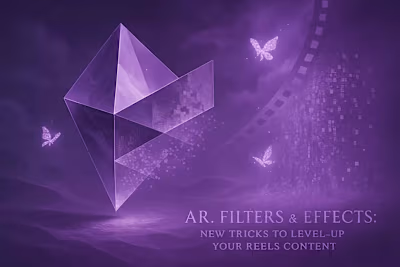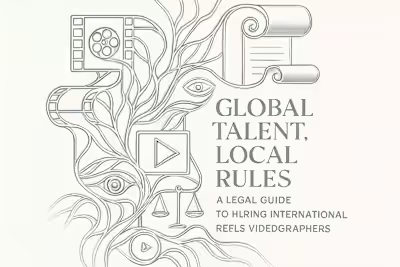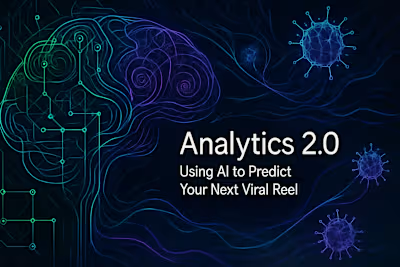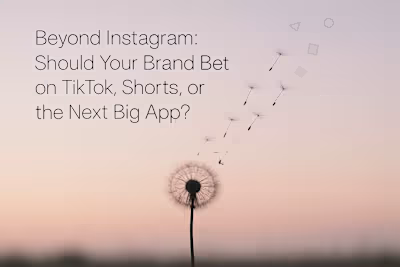Rise of the Machines: How AI is Changing Video Creation in 2025
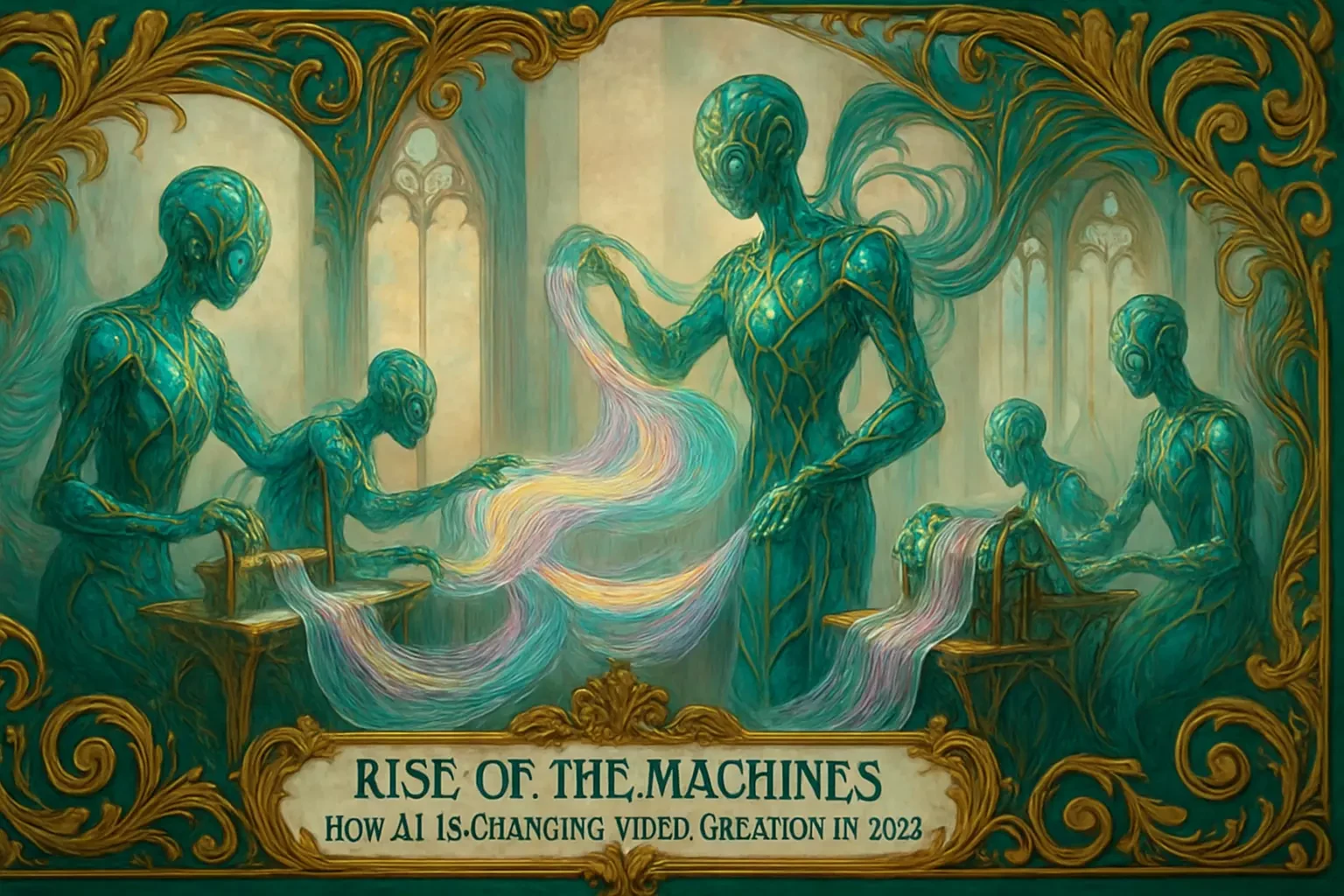
Rise of the Machines: How AI is Changing Video Creation in 2025
The Current State of AI in Video Production
AI-Powered Editing Software
Generative AI for Video Footage
AI for Audio Enhancement and Creation
How AI Supercharges a Videographer's Workflow
Accelerating Pre-Production
Streamlining Post-Production
Personalizing Content at Scale
Essential AI Tools Every Videographer Should Know in 2025
Text-to-Video Generators
AI-Enhanced Video Editors
AI-Clipping and Repurposing Tools
The Future: Human Creativity in an AI-Driven World
Why the Human Touch Remains Irreplaceable
Adapting Your Skills for the Future
References
Rise of the Machines: How AI is Changing Video Creation in 2025
The Current State of AI in Video Production
AI-Powered Editing Software
Generative AI for Video Footage
AI for Audio Enhancement and Creation
How AI Supercharges a Videographer's Workflow
Accelerating Pre-Production
Streamlining Post-Production
Personalizing Content at Scale
Essential AI Tools Every Videographer Should Know in 2025
Text-to-Video Generators
AI-Enhanced Video Editors
AI-Clipping and Repurposing Tools
The Future: Human Creativity in an AI-Driven World
Why the Human Touch Remains Irreplaceable
Adapting Your Skills for the Future
References
Posted Jun 30, 2025
AI is transforming video creation. Discover how AI tools are changing the game for Reels videographers and how you can leverage them to create stunning content in 2025.







